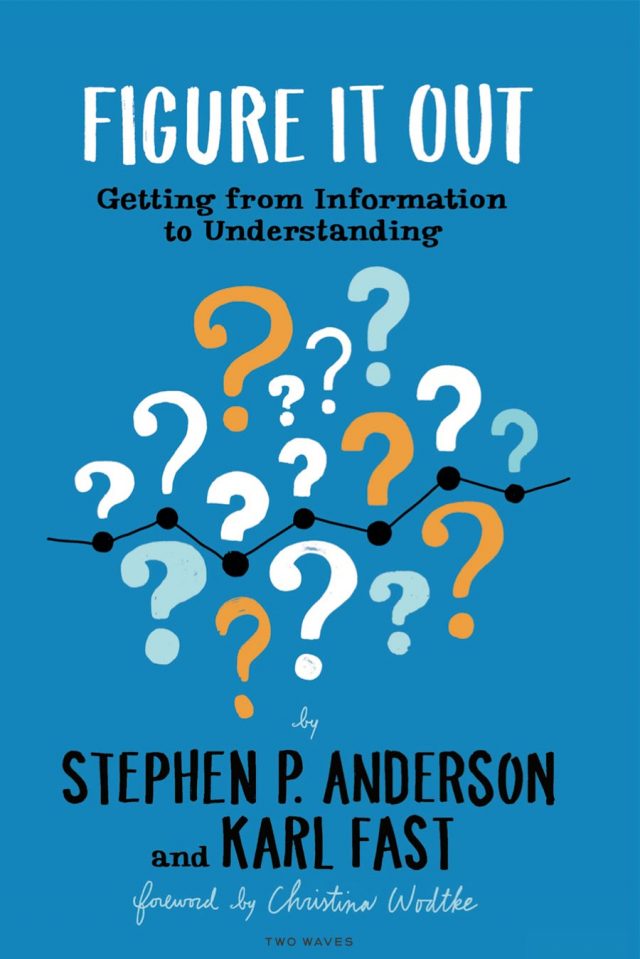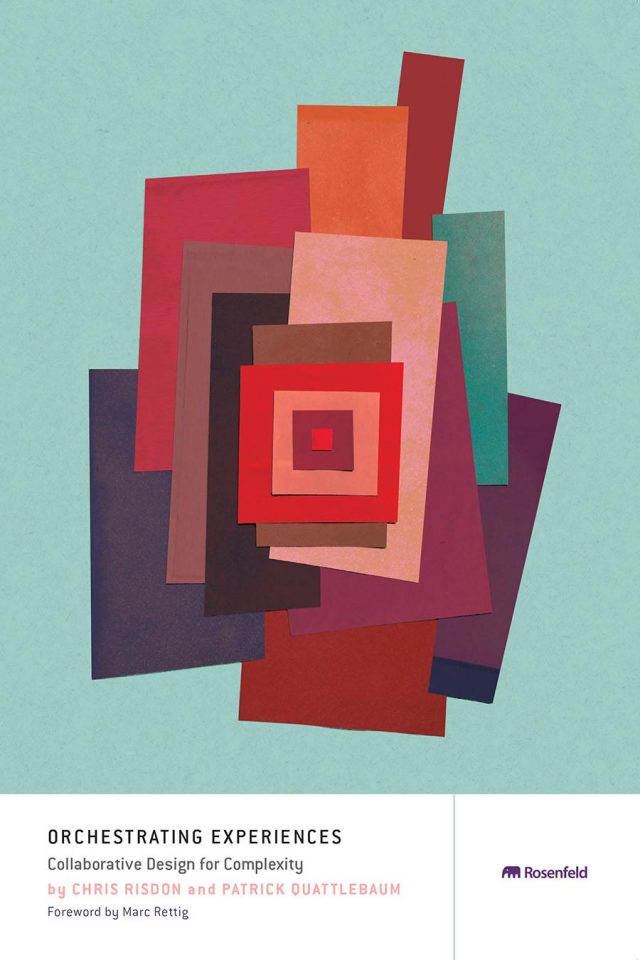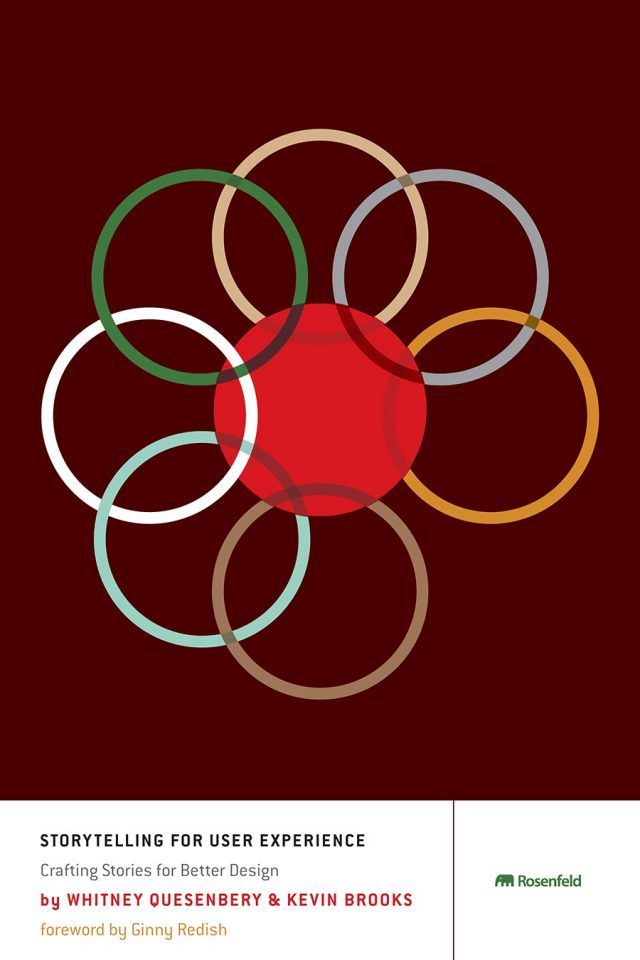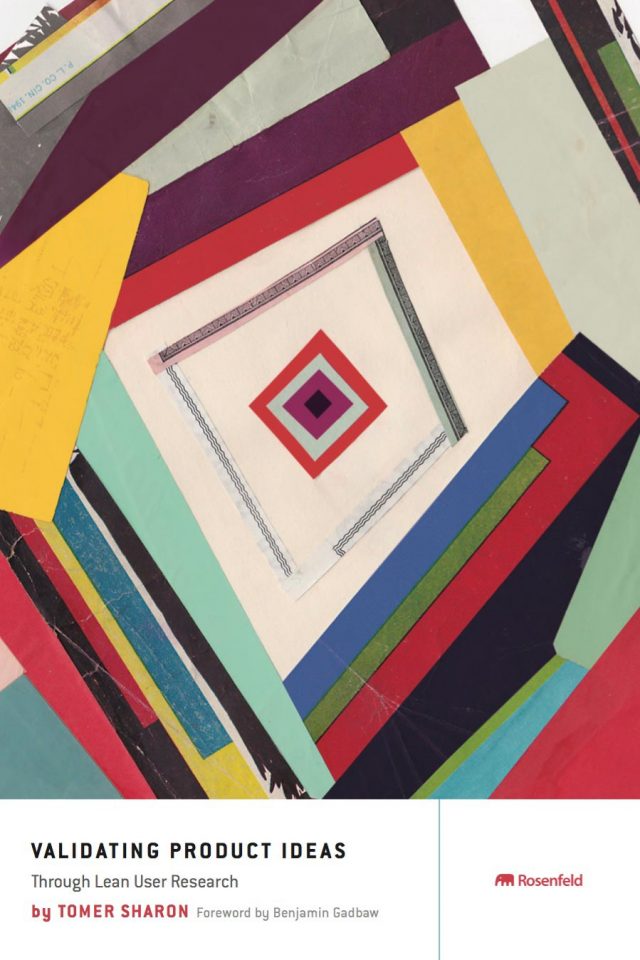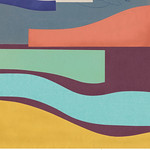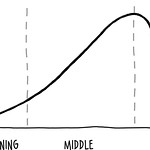I was one of those kids who played Dungeons and Dragons (D&D), a fantasy role-playing game that involves going on quests to battle monsters, discover magical items, and drink lots of mead. My friends and I memorized spell books, castle layouts, and Elvish runes, paying more attention to types of armor than we did to types of conjugation for the next English quiz.
In D&D there are two main roles: the player character, who goes on quests in the world of the game; and the Dungeon Master, who operates that world and guides the player characters in their journey.
The first character I played was a wizard. I imagined him being tall, bearded, and wise like Gandalf in The Lord of the Rings… but I was young enough that he owed a lot more to Mickey Mouse in The Sorcerer’s Apprentice. Either way, he was vanquished while trying to cast a sleeping spell on a rather surly bugbear.
Then I tried playing dark, gritty characters like thieves and assassins—they talked tough and fought tougher. Why, my 7th-level Rogue wouldn’t give a bugbear the time of day! Even so, he met his fate while pick-pocketing an unusually large stone giant who, drunken on mead, sat on him.
When I became a Dungeon Master, I didn’t want the players in my game to die as quickly as mine always did. Rather than crush my players’ dreams with an overly hostile world, I wanted them to have a chance of reaching their goals. That would make for a more interesting game and a far better story. But with my limited experience (I was 13), I didn’t know how to start telling the tale.
You may feel the same way. If you build products or design services, you know how easy it is to get ambushed by constraints, surprised by your competition, and buried in strategies dark and deep. You may find that coming up with that next iteration is much harder than you thought or you may get usability feedback that changes your entire approach. You may face indecision or conflicts on your team that keep you from moving forward. And even when you’re armed with data and research, it can often seem like you’re on a quest with an uncertain ending.
Donna Lichaw is here to help. Drawing on her experiences with Fortune 500 companies, public radio, filmmaking, and more, Donna helps you navigate the oft-treacherous waters of product development. She helps you not just to tell stories or use stories to promote your product, but to build your products as if they were stories themselves.
Why stories? Because they’re our oldest, best tools for communicating, teaching, and engaging with people. Because they help us understand the landscape of how people interact with our products. And because they help us understand the people themselves.
Using Donna’s approach, you’ll cast your users as the heroes of the story so that everything you do supports them in their journey. And when you help your heroes overcome their challenges, surpass their obstacles, and make progress toward their goals, you’ll also take steps toward your own.
Like Donna says, “I wish it were more complicated, but it really is that simple.”
So ready your armor, grab a cup of mead, and roll the dice. Here there be dragons, but fear not—Donna gives you the key to defeating them: story first.
Jonathon Colman
—Product UX + Content Strategy, Facebook
Note: all content and viewpoints expressed here solely reflect the thoughts and opinions of the author.


